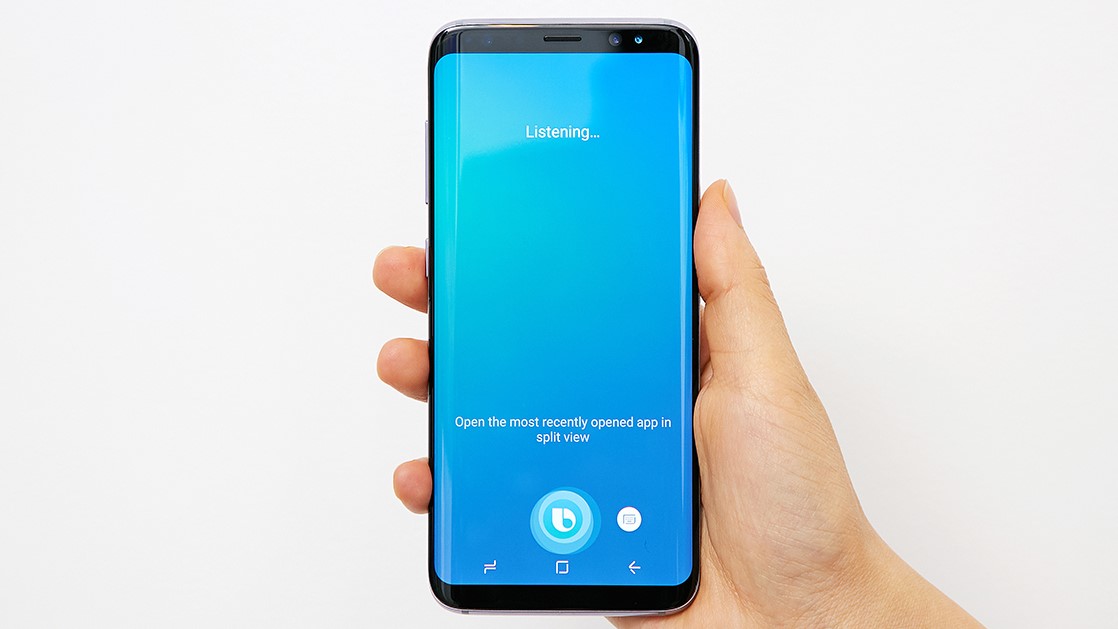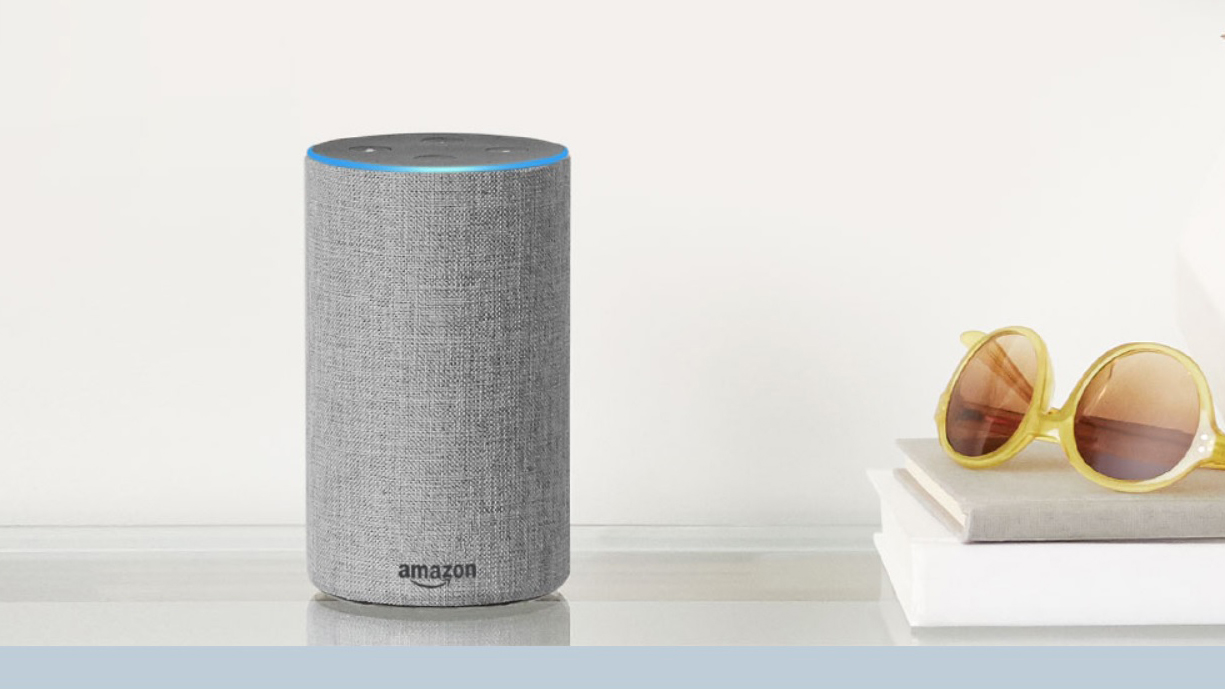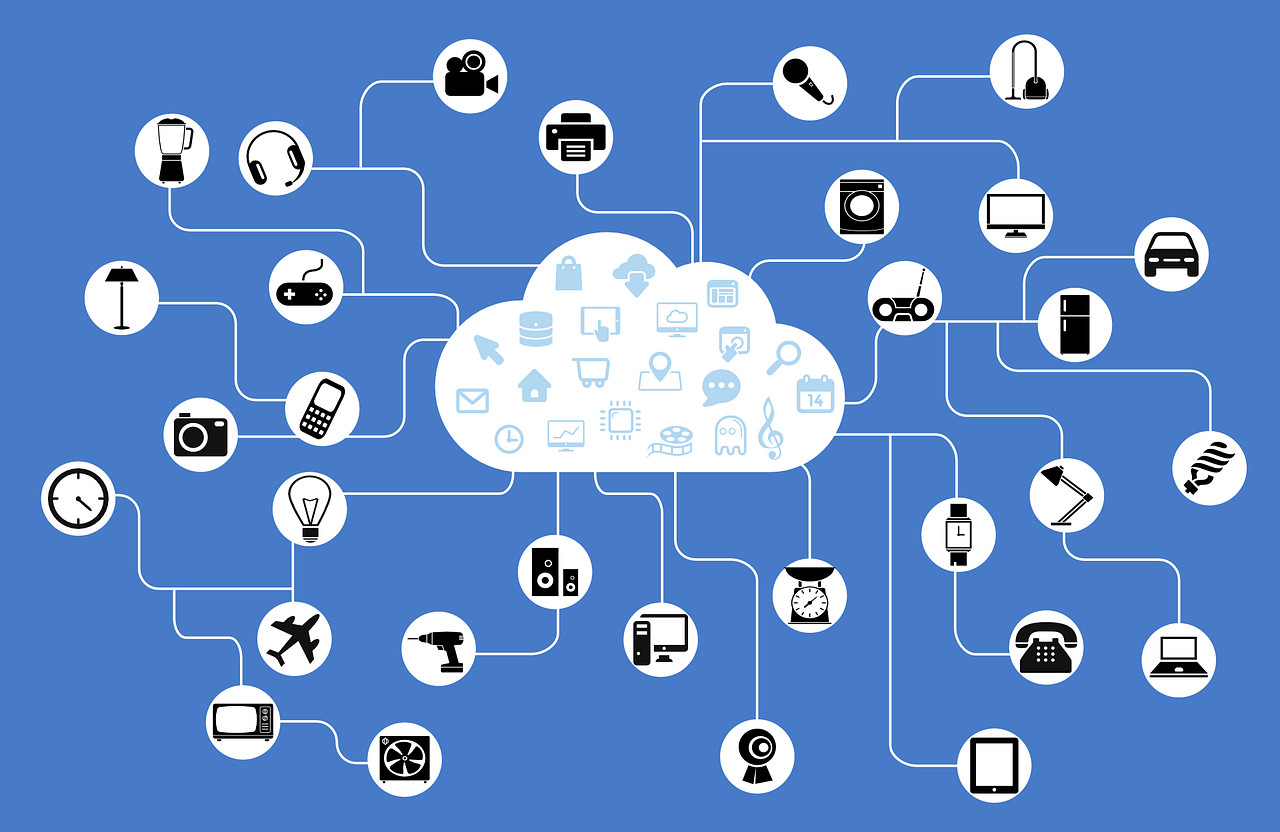Scientists and researchers have been heralding AI as the next big thing for decades now. The announcements, which started back in the 1970s, inspired a wealth of science fiction writers, but little besides thanks to the unexpected complexity in creating fully functioning AI systems and solutions.
However, the technology has now reached its watershed moment. We’ve been promised so much over the years but, after years of speculation and gathering levels of hype, AI is all set to deliver on its promises with all manner of possibilities. From connected cars and smart homes to ambient assisted living (AAL), AI is the common thread that unites, and part of the reason behind this is the widening impact of technology on our daily lives and a common theme of connectivity within smart technology that has created the perfect storm for AI-powered solutions.
Analysts have already forecast that the global AI market is poised to reach $57.6 billion in 2021, growing at a compound annual growth rate of over 50% between 2016 and 2021. The growing number of AI applications in various industries and an increasing adoption of AI-enabled products and software tools that improve consumer experience are just some of the factors driving the market.
A survey of chipmakers by KPMG revealed that a rising number within their industry are looking to AI to drive revenue in 2018. A segment of 43% think that AI will be key for revenue growth in 2018, a substantial rise from a mere 18% in 2017. And, where chipmakers lead, the manufacturing industry tends to follow, as demonstrated in the major tech conferences so far this year.
At CES 2018 in January, much of the loudest noise was around AI and associated devices. We saw big-brand-backed home speakers with baked in voice assistants coming via AI-powered product launches from Apple and Google, a significant diversification from Amazon, and commitments from sizeable manufacturers to focus on AI. Samsung highlighted that all of its 2018 Smart TVs and future TVs would include the company’s AI voice assistant Bixby, already a feature of the company’s high-end Android smartphones. Meanwhile at MWC 2018 in February, Korean competitor LG announced a high-end Android with an AI-powered camera - dubbed "Vision AI" - designed to make choosing the ideal settings easier for customers.

This potential simplification of rapidly evolving, complex technology is a potent offering from AI, and comes at a particularly pertinent time, where the pace of technological change has become particularly frenetic. This offer resonates well with high-net value groups who are often time poor and within an older age group demographic.
Indeed, the coming AI revolution will benefit the elderly arguably the most, revitalising the AAL market by enabling a universal control method - speech. The growth of voice-enabled or enhanced AI plays particularly well in the AAL context, where the ability to control devices with semantic speech is vital for several reasons. Not only does it remove the need to physically engage with small or hard-to-reach devices, but speech control also rescues the user from engaging with the hardware, the OS, the UI - these are all invisible to the speech controller, which negates many technical barriers.
Being guided and assisted through complex setup or troubleshooting procedures removes a key barrier from AAL adoption, while also surmounting the psychological tendency to shun ‘special’ help for the elderly or infirm. The fact that an AI-powered smart home interface will immediately be useful - and understood - by the grandchildren as well as the older generation makes a positive experience far more likely.
Frictionless

Making that first step into the smart home as frictionless as possible is essential for the longevity of the market as a whole. Complexity is still a core challenge in the smart home market, and ensuring interoperability and mitigating any current, and future, technical “challenges” like combining different smart speakers is key to success. While smart speakers such as those from sound systems’ company Sonos integrate existing solutions, like Amazon Echo, the offering is only relevant to those who have both Sonos speakers and Amazon’s Echo. Instead, manufacturers need to ensure that their speakers integrate with all existing solutions, includng Amazon, Google, and any that are on the market.
The range of technical standards, the varying interpretations of those standards by manufacturers, and the confusion raised by proprietary technologies all contribute to just how confusing the smart home can be for consumers. By making interoperability a priority, consumers who already have a use case solved are far more likely to follow the ‘upgrade’ path and delve deeper into smart home technologies.
The smart (AI) speaker - or indeed smart screen as widely demonstrated at CES - is an ideal candidate here, being easy to configure, requiring no installation and having an easily-communicated use case. However, controlling data privacy and security raises its head here, as consumers do not want their smart home technology storing their demands, or listening in on their conversations around the house, without having first used the ‘activation’ phrase, such as “OK Google” or “Alexa”, to bring the device to life.
The best way to provide consumers with the required security and privacy is for status data and log files to be deleted automatically after defined periods and/or for no personal data, such as names, addresses and contact numbers, to be saved. Where passwords are required for local access on a continued basis though, they should be stored only in encrypted form on servers that adhere to strict data privacy and protection laws, which undergo regular, comprehensive security audits.
Going one step further, this wave of innovation will begin to impact on our homes and communities, allowing highly granular sharing of information to improve the quality of resident’s everyday lives, via community IoT. Soon the precise location of a homeowner will not impact on their awareness of - and crucially their ability to respond to - a home-related event. For example, if one of your neighbors’ hears a smoke alarm from your property while you are not home, they can alert you using a shared community communication network.
Community IoT

The advent of community IoT enables the sharing of key data for smoother resolutions to issues such as building faults and breakdowns being easily logged and reported to the relevant authorities, via shared smart sensors or by manual reporting. If a light is reported as broken or non-functioning, any resident can report it, log the repair request and a technician to fix the problem will be allocated, with all other residents informed so they do not need to also report the same broken light. Other members of the community can instead follow the progress of the repair, rather than logging duplicate requests. Where apartments are non-serviced, a premium service with a home emergency repairs provider, could be connected instead, offering greater peace of mind should anything happen.
Another key area for voice-assisted AI is in the connected car, where keeping eyes on the road at all times is essential for safety. From the imminent integration of Amazon Alexa into Toyota and Lexus cars to Volkswagen’s tie-up with Magenta SmartHome, there are many examples of the smart companion reaching into the passenger seat. Volkswagen’s Car-Net App Connect, for example, allows owners to carry out tasks such as deactivating a security system, switching on exterior lights and controlling the home’s heating system to ensure a comfortable temperature on arrival by linking the driver to Deutsche Telekom’s Magenta SmartHome app via their vehicle entertainment system.
The power of being seamlessly connected in this manner will increasingly become apparent in community IoT networks, which can already enable the sharing of key data to create smoother, easier resolutions to a whole range of small but niggling issues (the sound of a smoke alarm in a neighbour’s home, for example) as well as more serious questions of community safety. The increased abilities of AI to personalise these, as well as recognise the differences between ‘good’ and ‘bad’ patterns, will broaden adoption and remove bottlenecks and pain points, such as simplifying setup routines.
In short, AI is poised to finally make good on that promise from the 1970s. In 2018, we will see the power of AI to unify use cases and ‘level up’ human engagement with the nuts and bolts of technology begin to make our everyday lives easier, and in some cases deliver incredibly positive experiences. While 2018 may not see a complete sea change in the ability of smart technology, it will certainly deliver a considerably enhanced base of integrated devices in the hands of consumers.
For more information, visit: https://smarthome.telekom.net/
source http://www.techradar.com/news/where-will-ai-take-us-in-2018
No comments:
Post a Comment